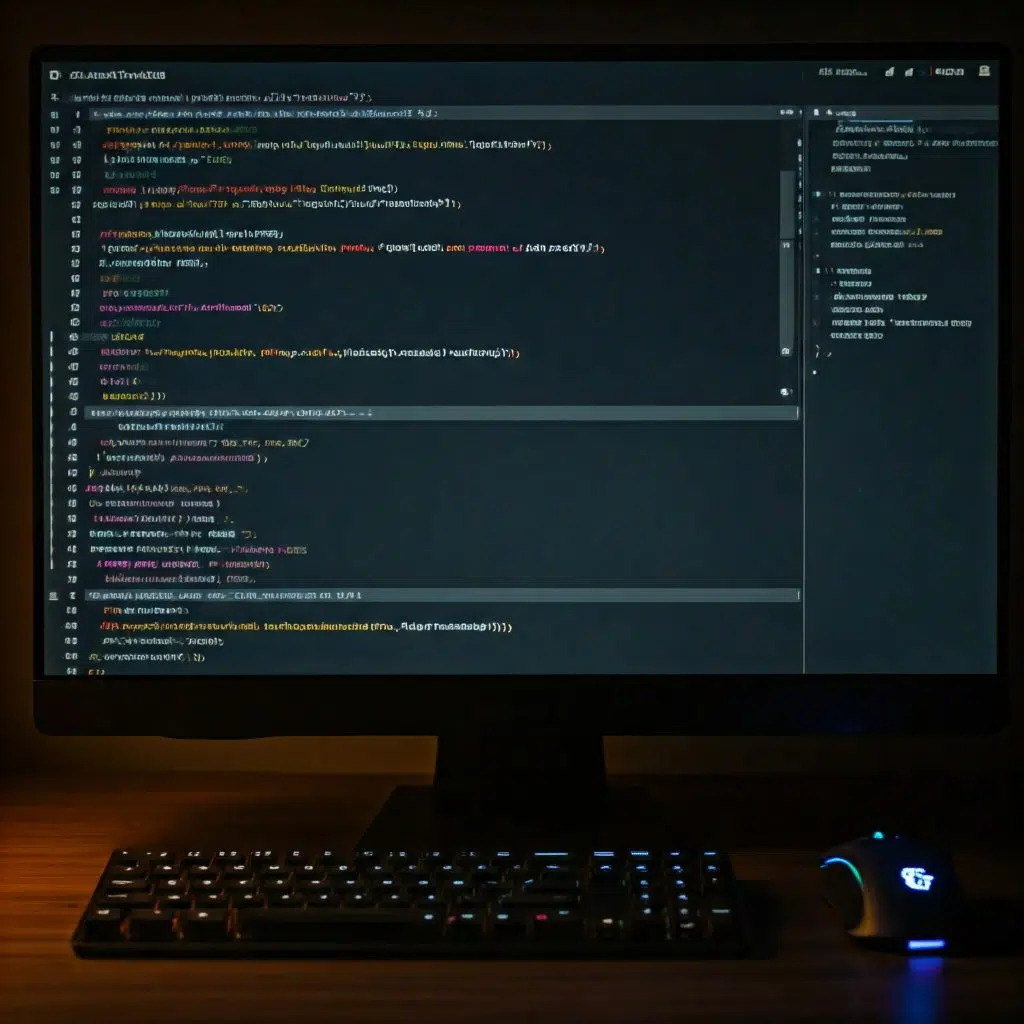
Image by brgfx on Freepik
In the ever-evolving digital age, understanding the fundamental concepts of computer science is not only a necessity but also a thrilling adventure into the world of technology. This article will take you on a journey through the exciting realm of computer science, covering everything from the basics to the intriguing intricacies of this field. We’ll explore the essence of coding, algorithms, and the impact of computer science on our daily lives. So, fasten your seatbelts as we dive into the exciting world of binary digits and algorithms!
1. The Building Blocks of Computer Science
1.1 The Essence of Binary Code
Computer science starts with understanding the language of computers – binary code. It’s a language comprised of only two characters: 0 and 1. These binary digits, or “bits,” are the foundation of all digital data. Every image, video, or document on your computer is ultimately represented using these bits.
Binary is the computer’s way of speaking, and by mastering it, you’re essentially learning to converse with machines. It’s like understanding the basic grammar of a foreign language.
1.2 Bits and Bytes: How Data is Stored
Now that you’ve got a grip on binary code, let’s talk about “bytes.” A byte consists of 8 bits, and it’s the unit used to measure data storage. Everything you save on your computer, from text files to music and videos, is stored in bytes. Understanding how data is stored in bytes is vital to becoming proficient in computer science.
2. The Power of Algorithms
2.1 Breaking Down Algorithms
Algorithms are the secret sauce behind everything in the digital world. They are a series of well-defined instructions that solve problems or perform tasks. Think of them as recipes that computers follow to accomplish a specific goal. Whether it’s a simple calculation or a complex task like sorting a massive database, algorithms make it happen.
2.2 The Algorithmic Approach
The algorithmic approach is the thought process of solving problems. It’s about breaking down a complex problem into smaller, manageable steps. It’s like solving a puzzle, step by step. With an algorithmic mindset, you can tackle any challenge, both in computer science and in life.
3. Programming Languages
3.1 A Multilingual World
Just as people across the world speak different languages, computers understand various programming languages. These languages serve as intermediaries between humans and computers. Popular languages like Python, Java, and C++ allow us to communicate our ideas to machines.
3.2 The Role of Syntax in Programming
Programming languages come with their own grammar, known as “syntax.” Just like in human languages, correct syntax is crucial to ensure your code is understandable to computers. A missing semicolon or a typo can lead to errors, so attention to detail is key.
4. The Impact of Computer Science
4.1 Shaping Modern Technology
Computer science is at the heart of modern technology. It’s responsible for innovations like smartphones, the internet, and social media platforms. Understanding the principles of computer science is like peeking behind the curtain of the digital world to see how it all works.
4.2 The Role of Computer Scientists
Computer scientists are the architects of the digital age. They design, develop, and maintain the systems that drive our world. From creating cutting-edge software to ensuring cybersecurity, computer scientists play a pivotal role in shaping our technological future.
5. The Future of Computer Science
5.1 Artificial Intelligence and Machine Learning
The future of computer science is incredibly exciting. Artificial intelligence and machine learning are revolutionizing industries like healthcare, finance, and transportation. These technologies are capable of learning and making decisions, paving the way for even more incredible advancements.
5.2 Quantum Computing on the Horizon
Quantum computing is on the horizon, promising unparalleled processing power. It’s like moving from a bicycle to a rocket in terms of speed and capabilities. The impact of quantum computing on fields like cryptography and scientific research will be profound.
6. Conclusion
In conclusion, computer science is the driving force behind our digital world. It encompasses the understanding of binary code, the power of algorithms, the multilingual world of programming languages, and its profound impact on modern technology. As we look to the future, the possibilities seem limitless, with AI, machine learning, and quantum computing leading the way.
Are you ready to embark on this thrilling journey into the world of computer science?
7. FAQs
1. What is the significance of binary code in computer science?
Binary code is the fundamental language of computers. Understanding it is crucial for effective communication with machines and is akin to learning a basic grammar in a foreign language.
2. How do algorithms play a role in computer science?
Algorithms are step-by-step instructions that solve problems and perform tasks in the digital world. They are the key to making computers work efficiently and accurately.
3. What are programming languages, and why do they matter in computer science?
Programming languages serve as intermediaries between humans and computers. They allow us to communicate our ideas to machines, making them an essential part of computer science.
4. What is the future of computer science, and how is it shaping our world?
The future of computer science holds exciting prospects, such as artificial intelligence, machine learning, and quantum computing. These technologies are reshaping industries and revolutionizing the way we live and work.
5. What role do computer scientists play in the digital age?
Computer scientists are the architects of the digital world. They design, develop, and maintain systems, ensuring the smooth functioning of our technological landscape.
